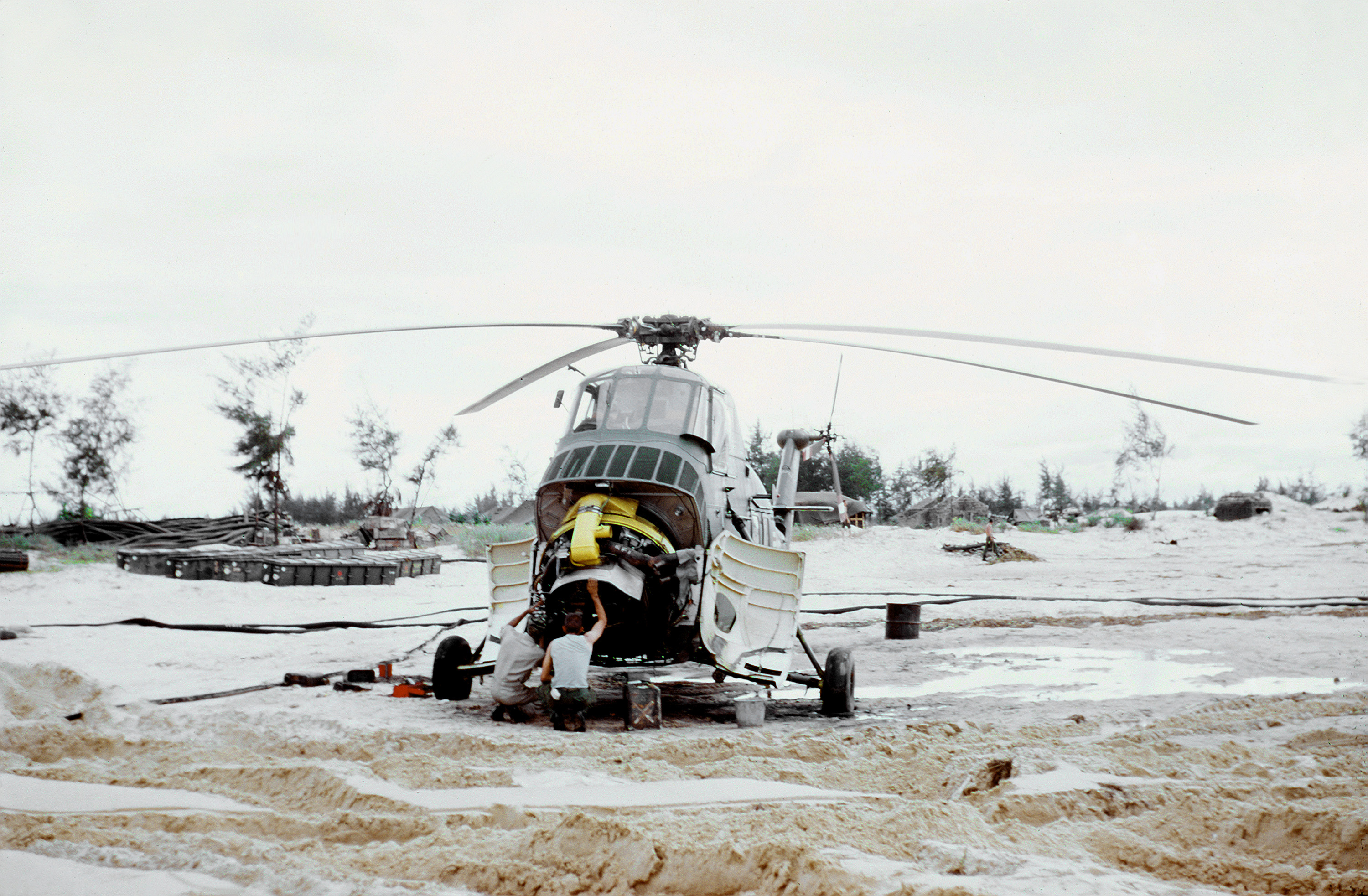Cáťa Viáťt Base on:
[Wikipedia]
[Google]
[Amazon]
Cáťa Viáťt Base (also known as Cáťa Viáťt Combat Base, Cáťa Viáťt Naval Support Activity, Camp Kistler or simply Cáťa Viáťt) is a former U.S. Marine Corps, U.S. Navy, U.S. Army and

 The base was located at the mouth of the Cáťa Viáťt/
The base was located at the mouth of the Cáťa Viáťt/
Army of the Republic of Vietnam
The Army of the Republic of Vietnam (ARVN; ; french: ArmĂŠe de la rĂŠpublique du ViĂŞt Nam) composed the ground forces of the South Vietnamese military from its inception in 1955 to the Fall of Saigon in April 1975. It is estimated to have suffe ...
(ARVN) base north of Quảng Tráť
Quảng Tráť () is a district-level town in Quảng Tráť Province in the North Central Coast region of Vietnam. It is second of two municipalities in the province after the provincial capital ÄĂ´ng HĂ .
History
The Sino-Vietnamese name Quďż˝ ...
in central Vietnam
Vietnam or Viet Nam ( vi, Viáťt Nam, ), officially the Socialist Republic of Vietnam,., group="n" is a country in Southeast Asia, at the eastern edge of mainland Southeast Asia, with an area of and population of 96 million, making it ...
.
History
1966-7
 The base was located at the mouth of the Cáťa Viáťt/
The base was located at the mouth of the Cáťa Viáťt/Thấch HĂŁn River
The Thấch Hãn River is a river in Quảng Trᝠprovince, Vietnam. It rises in the Annamite Mountains, and enters the South China Sea
The South China Sea is a marginal sea of the Western Pacific Ocean. It is bounded in the north by the ...
approximately 16 km north of Quảng Trᝠand only approximately 10 km south of the Vietnamese Demilitarized Zone
The Vietnamese Demilitarized Zone was a demilitarized zone established as a dividing line between North and South Vietnam from July 1954 to 1976 as a result of the First Indochina War. During the Vietnam War (1955-1975) it became important as ...
(DMZ).
The base was first established by the 3rd Marine Division
The 3rd Marine Division is a division of the United States Marine Corps based at Camp Courtney, Marine Corps Base Camp Smedley D. Butler in Okinawa, Japan. It is one of three active duty infantry divisions in the Marine Corps and together wit ...
in 1966 as a logistics and support base for Marine units along the DMZ and particularly the